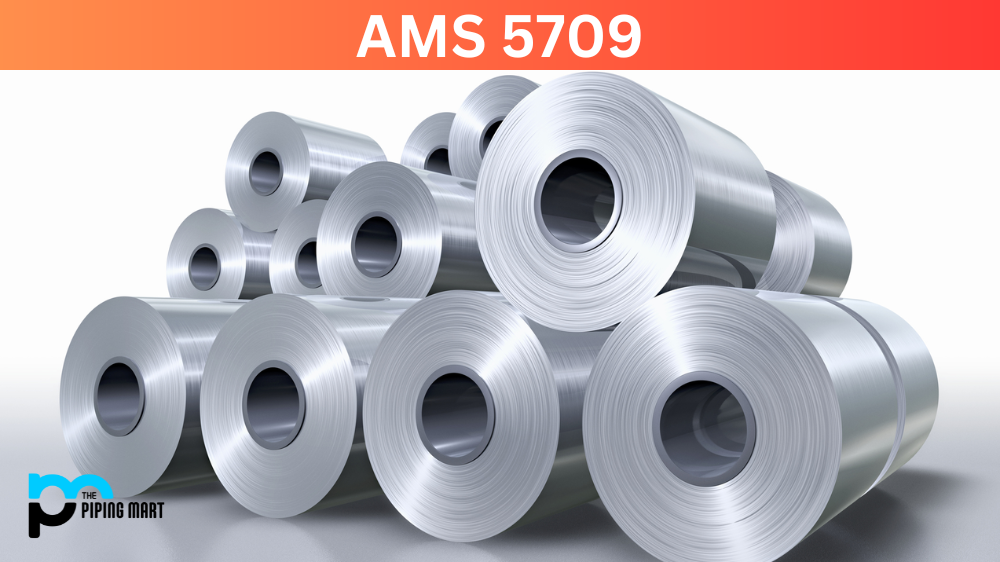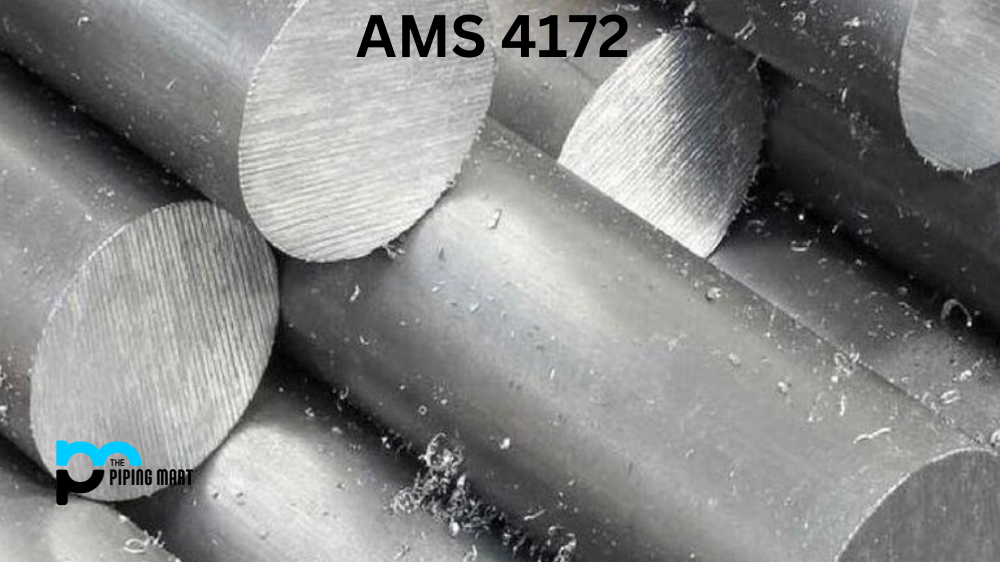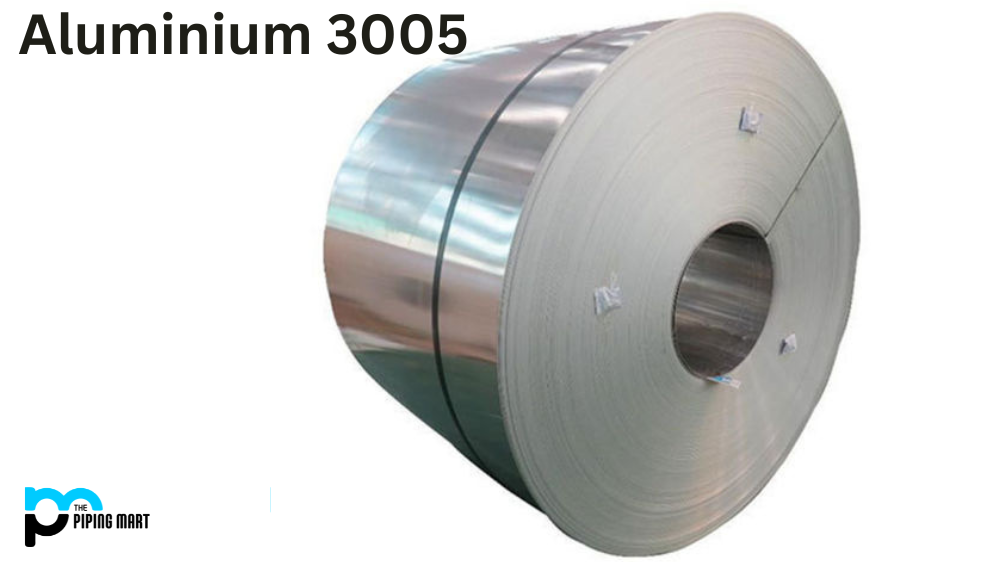When it comes to any advanced manufacturing process or aerospace engineering, the material used is as important as the design and engineering. One of the materials that have been gaining popularity for its excellent properties is AMS 5709. This high-strength, corrosion-resistant alloy is widely used in various industries, from aerospace to chemical processing. In this blog post, we will examine the properties and uses of AMS 5709 in detail.
What is AMS 5709?
AMS 5709 metal is a highly sought-after material in the aerospace industry due to its exceptional strength and resistance to corrosion. This high-performance alloy comprises nickel, chromium, and molybdenum, giving it superior properties that make it ideal for critical aircraft components such as turbine blades and exhaust systems. With its ability to withstand extreme temperatures and difficult environments, AMS5709 metal is the go-to material for engineers looking to create reliable and long-lasting parts. Its unique composition and exceptional characteristics make it a valuable asset in the never-ending quest for technological advancement in aerospace engineering.
AMS 5709 Composition
AMS 5709 is a nickel-based alloy comprising 19% chromium, 15% nickel, and 4.1% molybdenum, with small additions of tungsten, cobalt, and titanium. The alloy also has small carbon content, contributing to its high strength and toughness. Combining these elements makes AMS 5709 resistant to corrosion in various environments, including high temperatures, extreme pH, and saltwater.
| Element | Content (%) |
|---|---|
| Nickel, Ni | 56 |
| Chromium, Cr | 19 |
| Cobalt, Co | 13.5 |
| Molybdenum, Mo | 4.30 |
| Titanium, Ti | 3 |
| Iron, Fe | ≤ 2 |
| Aluminum, Al | 1.50 |
| Silicon, Si | ≤ 0.15 |
| Manganese, Mn | ≤ 0.10 |
| Carbon, C | 0.080 |
| Zirconium, Zr | 0.050 |
| Boron, B | 0.0060 |
AMS 5709 Physical Properties
AMS 5709 has excellent physical properties, making it an ideal material for high-stress applications. It has a density of 7.98 g/cm³, a melting point of 1371°C (2500°F), and a specific heat capacity of 460 J/kg·K. The alloy also has outstanding thermal and electrical conductivity, which makes it suitable for various applications in the aerospace industry.
| Properties | Metric | Imperial |
|---|---|---|
| Density | 8.20 g/cm3 | 0.296 lb/in3 |
| Melting point | 1358°C | 2475°F |
AMS 5709 Mechanical Properties
The mechanical properties of AMS 5709 are equally impressive. The alloy has a tensile strength of 1400 MPa (203 ksi) and a yield strength of 1240 MPa (180 ksi). It also exhibits excellent fatigue and creep resistance, which is crucial for components that operate under high stress and temperature conditions. Moreover, AMS 5709 maintains its properties at both high and low temperatures.
| Properties | Metric | Imperial |
|---|---|---|
| Tensile strength | 1335 MPa | 193600 psi |
| Yield strength (@ strain 0.200%) | 910 MPa | 132000 psi |
| Modulus of elasticity (@20°C) | 213 GPa | 30900 ksi |
| Elongation at break (in 51 mm) | 26.6% | 26.6% |
AMS 5706 Thermal Properties
| Properties | Metric | Imperial |
|---|---|---|
| Thermal expansion co-efficient (@20-500°C/68-932°F) | 13.9 µm/m°C | 7.72 µin/in°F |
| Thermal conductivity (@ 200°C/392°F) | 12.6 W/mK | 87.4 BTU in/hr.ft².°F |
AMS 5709 Equivalent
| AISI 685 | UNS N07001 | ASTM B637 | PWA 1007 | AMS 5544 |
| AMS 5708 | DIN 2.4654 | PWA 1030 | AMS 5586 | AMS 5706 |
| PWA 1005 | PWA 686 | AMS 5704 | AMS 5828 | PWA 1006 |
| PWA 687 | SPS M175 | Waspalloy |
AMS 5709 Uses
AMS 5709 sheet is widely used in various industries due to its unique properties. It is commonly used in high-performance engines, turbines, heat exchangers, and chemical processing equipment. It is also a popular material for aircraft engine parts, such as jet engine disks, compressor blades, and shrouds. Additionally, due to its excellent corrosion resistance, AMS 5709 is used in marine applications, such as propellers, shafts, and pumps.
AMS 5709 Hardness and Heat Treatment
AMS 5709 material can be heat treated to achieve the desired properties. One commonly used heat treatment is solution annealing, followed by water quenching or air cooling. This treatment imparts optimal strength and toughness to the alloy. The hardness of the alloy can also be improved by subjecting it to cold working or ageing. The exact hardness value and heat treatment process depend on the application and the specific requirements.
Conclusion:
AMS 5709 material is a valuable material for various industries due to its excellent properties, high strength, corrosion resistance, and thermal stability. The alloy is widely used in aerospace, chemical processing, marine, and other applications requiring high-stress components. The composition, physical and mechanical properties, uses, hardness, and heat treatment aspects of AMS 5709 make it a popular and effective material for advanced manufacturing and challenging engineering applications. By understanding its properties, we can continue to utilize this valuable alloy most effectively.

Meet Bhavesh, a seasoned blogger with a wealth of knowledge and experience. From metal products manufacturing to retail, Bhavesh has a diverse background in various industries and is dedicated to sharing his insights and expertise with readers.




